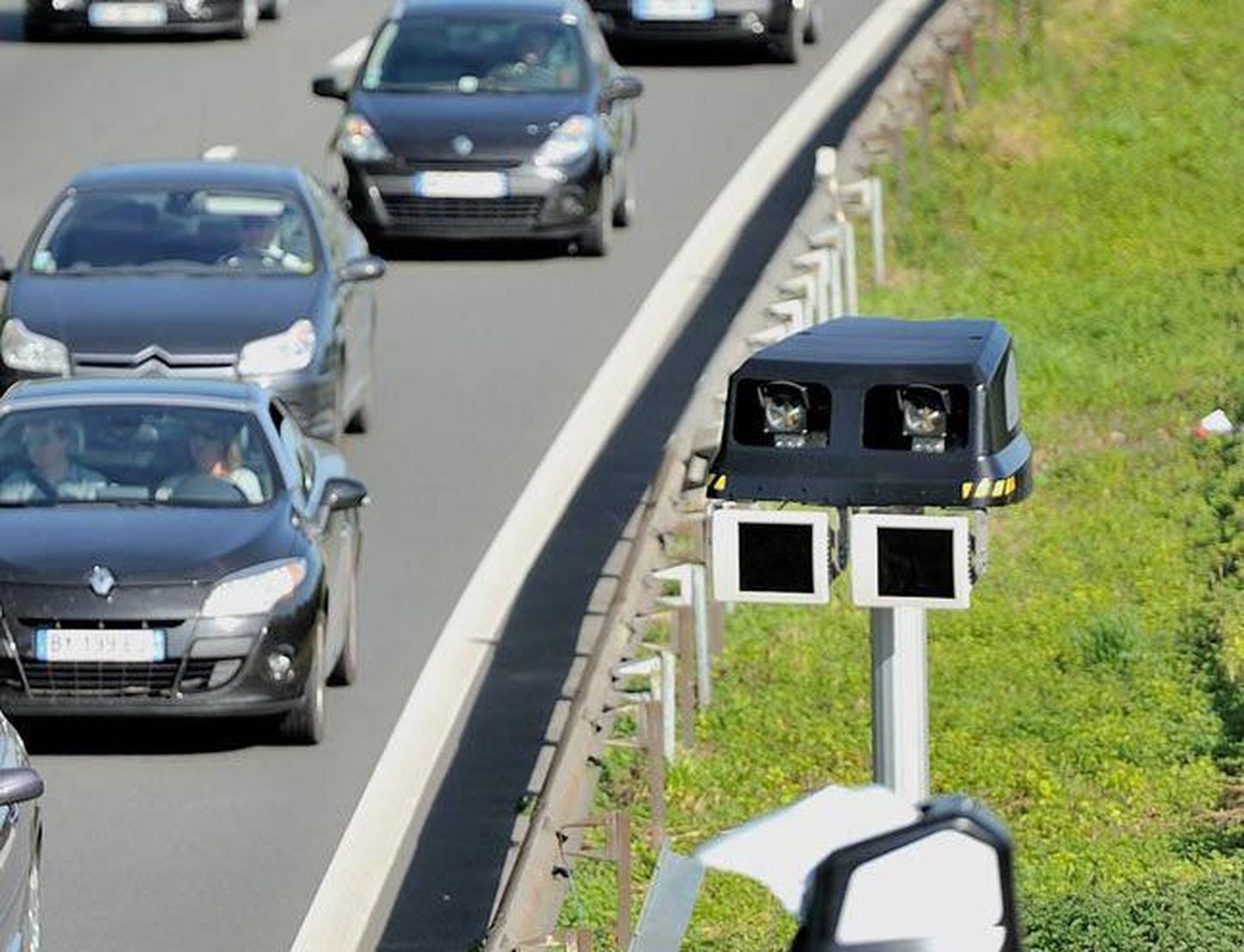
Estonian Road Administration has set its eyes on some dozen highway sections to use a speed measuring system based on calculating how fast a vehicle drove by the time it took to pass between two measuring points.

Estonian Road Administration has set its eyes on some dozen highway sections to use a speed measuring system based on calculating how fast a vehicle drove by the time it took to pass between two measuring points.
Last year, as ordered by Road Administration, ERC Konsultatsiooni OÜ performed an analysis of the Estonian speed measuring system and proposed eleven road sections where such technology might work. The sections are located at Tallinn–Tartu, Tallinn–Narva, Tallinn–Pärnu, Tartu–Viljandi and Ääsmäe–Haapsalu highways.
To begin with, ERC Konsultatsiooni OÜ analysed 57 sections where a total of 144 people have perished over the past five years. Of these, Road Administration selected 16 sections corresponding to criteria of using the abovementioned system.
The section length needs to fall between 2–12 kilometres, the same speed limit must apply for entire distance thereof, and it may not have crossing roads with volume of over 300 vehicles per day. Also, the section may not pass through settlements.
After cost-benefit analysis of the 16 sections, 11 remained as valid options.
According to Road Administration chief specialist Siim Vaikmaa, the current Estonian law does not facilitate such measuring of speed and to have the system installed laws must be amended. «What exactly needs to be amended, a legal analysis must determine,» he said.
According to Mr Vaikmaa, the cost of the system is difficult to assess as it largely depends on technological solutions. He added that separate systems will definitely be needed and the existing speed-cameras will be impossible to use.
It is not clear at the moment if the system will work on roads of Estonia and when it all may happen – the decision will have to be deeply pondered by Road Administration.
The average speed measuring system is made up of several components. An activating module detects a vehicle and activates the camera. Various producers may be utilising differing module principles, such as laser scanner or inductive sensor embedded in road surface.
Such method of speed measuring has been analysed in several European nations like Sweden and Austria.
Road sections suggested
• Tallinn–Tartu–Võru–Luhamaa Highway between 48.8 to 54 km
• Tallinn–Tartu–Võru–Luhamaa Highway 67.9–73 km
• Tallinn–Tartu–Võru–Luhamaa Highway 101–106 km
• Tallinn–Tartu–Võru–Luhamaa Highway 156.2–161.8 km
• Tallinn–Tartu–Võru–Luhamaa Highway 170.4–176.4 km
• Tallinn–Narva Highway 145.4–152.6 km
• Tallinn–Narva Highway 187.5–195.8 km
• Tallinn–Pärnu–Ikla Highway 53.3–59.7 km
• Tallinn–Pärnu–Ikla Highway 166.3–169.9 km
• Tartu–Viljandi–Kilingi-Nõmme Highway 11–16.7 km
• Ääsmäe–Haapsalu–Rohuküla Highway 12.2–18 km
Source: ERC Konsultatsiooni OÜ